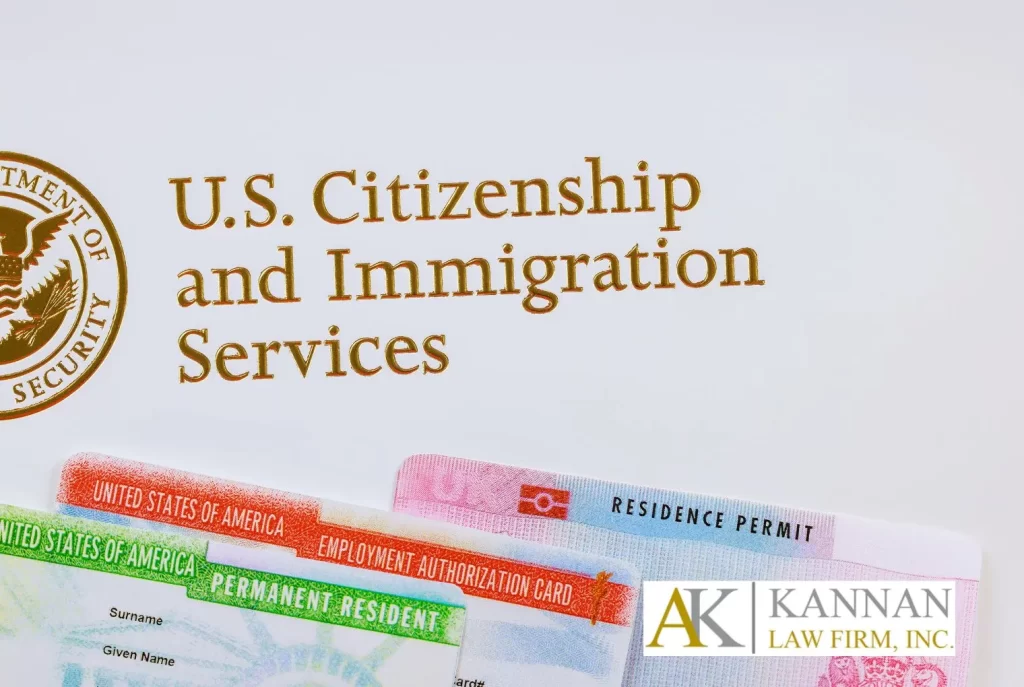How the United States Immigration System Works: A Comprehensive Guide
How the United States Immigration System Works: A Comprehensive Guide
If you have questions about adjusting your status, call us today at (619) 746-8879
The United States immigration system is a complex framework designed to manage the flow of people entering and living in the country. Whether you’re pursuing citizenship, a work visa, or seeking refuge, understanding this system is essential.
This guide explores how the United States immigration system works, key processes, and the steps to achieve your goals, such as filing a Green Card application or learning how to get a Green Card.
Key Takeaways
- Diverse Pathways to Immigration: The US immigration system includes multiple pathways such as family-based immigration, employment-based visas, humanitarian protection, and the Diversity Visa lottery, each catering to specific needs and circumstances.
- Structured Process: Navigating the system involves clear steps—determining eligibility, filing petitions, submitting applications, attending interviews, and awaiting decisions—all of which require careful planning and documentation.
- Green Card Benefits: Obtaining a green card provides lawful permanent residency, enabling individuals to live and work in the US indefinitely, and can be a stepping stone toward US citizenship.
Key Components of the US Immigration System
The immigration system in the United States operates under federal law and includes several categories of immigrants:
- Family-Based Immigration: US citizens and lawful permanent residents can petition for family members to join them. This process often begins with filing a family sponsorship petition, followed by a green card application for the relative.
- Employment-Based Immigration: Skilled workers, professionals, and certain investors may qualify for employment-based visas. Some visas in this category lead to permanent residency, making it an essential pathway for those seeking how to get a Green Card through employment.
- Humanitarian Protection: Refugees, asylum seekers, and others fleeing persecution can seek entry and protection in the US. Humanitarian parole and Temporary Protected Status (TPS) are other options for those in urgent need.
- Diversity Visa Lottery: The Diversity Visa (DV) Program allocates visas to individuals from countries with low immigration rates to the US, offering another pathway to permanent residency.
- Nonimmigrant Visas: For those seeking temporary entry, the system includes visitor visas, student visas, and work visas like the H-1B.
Steps in the Immigration Process
Step 1: Determine Eligibility
Identify the appropriate category for your circumstances, whether it’s family-based sponsorship, an employment pathway, or humanitarian protection.
Step 2: Submit the Petition
For many applicants, the process begins with filing a petition. For example, family members often file Form I-130, while employers may file Form I-140 for an employment-based petition.
Step 3: File a Green Card Application
Once a petition is approved, you may file for a green card, either through adjustment of status (if in the US) or consular processing (if outside the US).
Step 4: Attend an Interview and Biometrics Appointment
Applicants must attend an in-person interview, provide biometric data, and sometimes submit additional documentation to confirm their eligibility.
Step 5: Receive a Decision
After processing, USCIS or the State Department will notify you of their decision. If approved, you will receive a green card, granting you lawful permanent residency.

Common Challenges and Tips About How The United States Immigration System Works
- Lengthy Processing Times: Immigration cases often take months or years to process. Stay informed about current processing times and gather all required documents early.
- Legal Guidance: Working with an immigration attorney can streamline the process and help avoid mistakes that lead to delays or denials.
- Policy Changes: Immigration laws and policies frequently change. Stay updated on the latest rules to ensure compliance and eligibility.
Benefits of US Permanent Residency
A Green Card grants lawful permanent residency, enabling you to live and work in the United States indefinitely. With time, green card holders can apply for US citizenship, unlocking additional benefits such as voting rights and broader travel opportunities.
Conclusion
Understanding how the United States immigration system works is the first step in navigating it successfully. Whether you are starting a Green Card application, exploring how to get a Green Card, or seeking temporary entry, knowing the system’s pathways and requirements is crucial.
The US immigration system may be complex, but with preparation and guidance, achieving your American dream is possible.
If you’re navigating the US immigration process, consulting a qualified immigration attorney can make a significant difference. Reach out to ensure your journey is as smooth and efficient as possible.
Frequently Asked Questions
What is the difference between adjustment of status and consular processing?
Adjustment of status is the process of applying for a green card while already in the United States. Consular processing, on the other hand, is for applicants outside the U.S. who apply for a green card at a U.S. embassy or consulate in their home country.
Can undocumented immigrants apply for legal status under the current system?
Undocumented immigrants may have limited options depending on their circumstances. In some cases, they might qualify for relief such as Deferred Action for Childhood Arrivals (DACA), asylum, or certain waivers. Consulting an immigration attorney is crucial to explore potential avenues.
Are there specific immigration options for entrepreneurs or investors?
Yes, the U.S. immigration system includes options like the EB-5 Immigrant Investor Program, which grants green cards to individuals who invest a significant amount in a U.S. business and create jobs. Other visas, such as the E-2 Treaty Investor Visa, may also apply depending on the applicant’s nationality and investment.
